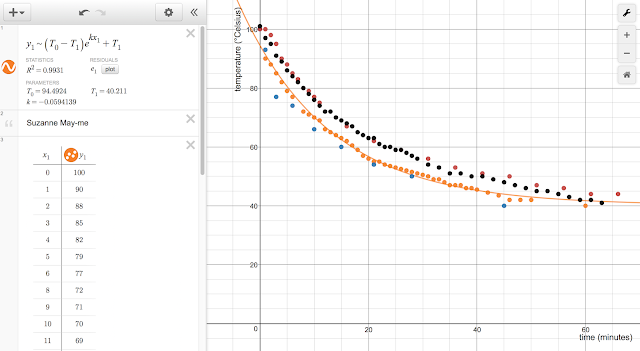GPS Hide and Seek

For the Wednesday GPS hide and seek exercise I hid on top of small hill just to the north of the M building on campus. M now houses an exercise sport science classroom, the information technology shop, and the bookstore warehouse. The hill was very small but steep, providing a natural barrier to locating me. One would not accidentally stumble on me, one had to assault the hill directly. When walking north on a line of longitude one encounters the steeper side of the hill. The location was sunny and a tad warm, and an umbrella was not practical as it might be seen over the Ischaemum polystachyum "reh padil" grass. By 12:20 I could hear students in the area - I knew the initial find would be fast as I was not deep in the forest this term. I was counting on the hill to delay the searchers. And delay the hill did. One student even saw my entry path, the tamped down grass on the north (back) side of the hill, and ignored that sign, wandering off while convincing themse



